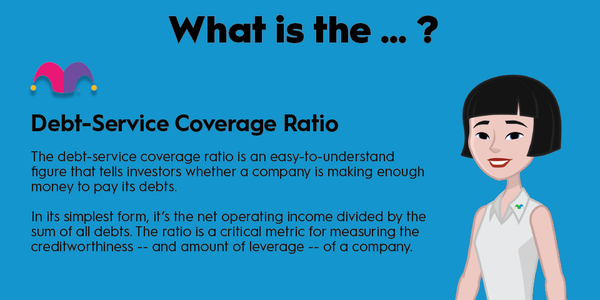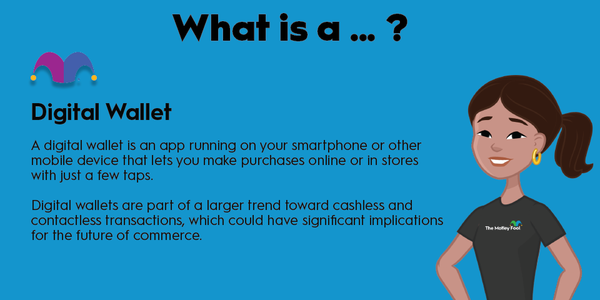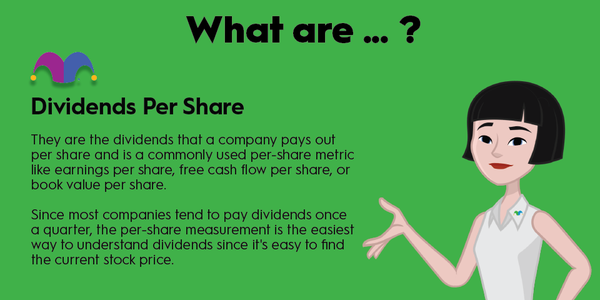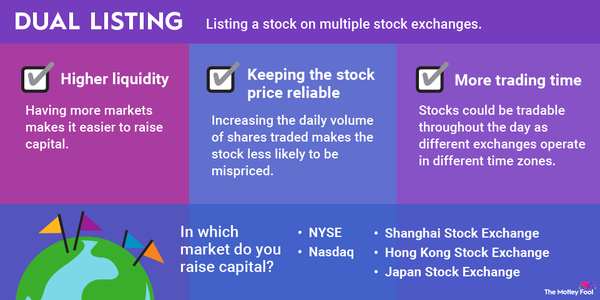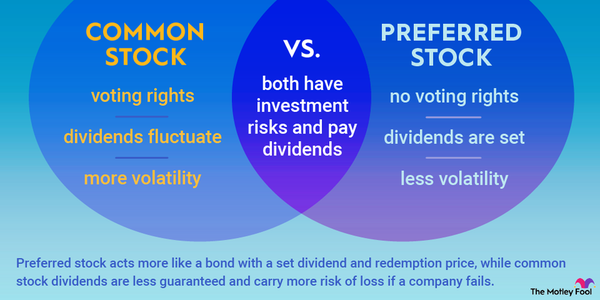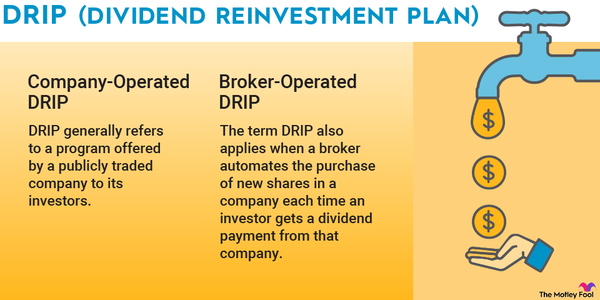Maintaining a healthy cash flow can be difficult for a business when its customers consistently fail to pay on time. That’s why DSO, which is short for “days sales outstanding,” is an important metric for businesses. DSO shows you how long it takes a company to convert credit sales into cash.

What is DSO?
What is DSO?
B2B companies often provide goods and services on credit and then receive payment after sending invoices. Days sales outstanding, or DSO, is the average number of days it takes a business to collect payment on the goods and services it rendered that were provided on credit. DSO is sometimes referred to as the average collection period or days receivable. It’s tracked from the date the customer receives an invoice to the date the company receives payment.
A low DSO means that a company is quick to collect payments. The higher the DSO, the longer it’s taking the company to get paid.
DSO can be calculated using the following formula:
Days sales outstanding = Average accounts receivable/total credit sales * days in the time period
Suppose that you’re measuring DSO for the month of April. During the month, your business had average accounts receivable of $18,000 and total credit sales of $20,000. Because April is a 30-day month, here’s how this breaks down:
27 = ($18,000/$20,000) * 30
A DSO of 27 means that your company takes an average of 27 days to receive payment for the goods and services it provides. The average DSO varies widely by industry. The CFO/The Hacket Group Working Capital Scorecard tracks DSO by industry. Here are some industry averages from 2021 in the report:
| Industry | Average 2021 DSO |
|---|---|
| Machinery | 69 |
| Pharmacaeuticals | 66 |
| Oil and Gas | 38 |
| Airlines | 23 |
| Food and Staples Retail | 11 |
| General and Specialty Retail | 6 |
The median DSO was 40.6 in 2021, which was lower than the 41.7 posted in 2020. At the beginning of the COVID-19 pandemic, many suppliers agreed to temporarily extend credit terms for buyers. The report attributes the slight drop in median DSI in 2021 to a return to more standard payment terms.
Why do companies track DSO?
Why do companies track DSO?
It’s important to consider DSO in the context of the industry. Following trends in DSO can also be helpful. However, DSO can vary significantly by month or quarter in businesses that have major seasonal fluctuations. So a business that relies heavily on summer tourism, for example, may have a high DSO in the second and third quarters, then a low DSO in the fourth quarter.
A high DSO can reveal a number of issues, including:
- Customers who are experiencing financial difficulties
- Customer dissatisfaction
- Too lenient payment terms, such as long repayment windows
- Inefficient collections processes
Companies typically want a low DSO. A low DSO means greater liquidity and more free cash flow. By quickly converting credit sales into cash, a company can take advantage of short-term investment opportunities, instead of essentially giving customers a free loan. However, an unusually low DSO can indicate that a company’s credit policies are too strict, which could have a negative effect on sales.
A similar metric that businesses track is days payable outstanding (DPO). DPO is the average number of days it takes a company to pay its invoices. To maximize its free cash, a company should aim for a low DSO and a high DPO, which means the company gets paid quickly but pays slowly.
Example of DSO
Example of DSO
Suppose you manage a company that sells office equipment. During the month of June, you had average accounts receivable of $80,000 and total credit sales of $50,000.
($80,000/$50,000) * 30 = 48
At first you worry that your DSO of 48 may be too high, given that the median DSO was 40.6 in 2021. But then you see that the average DSO for companies that provide office equipment, services and supplies is actually 55, so your DSO is low compared to your competitors.


